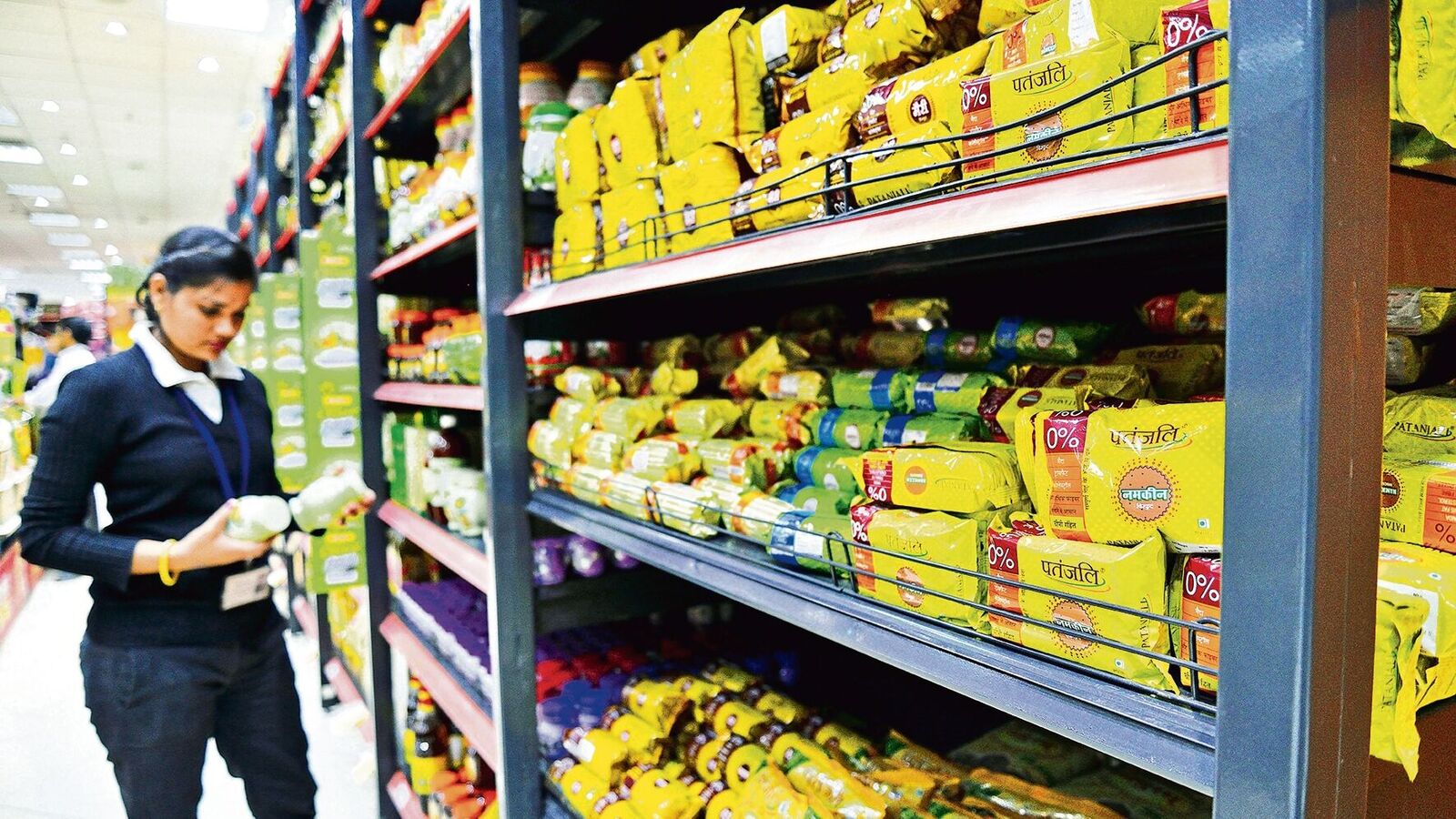In a surprising turn for the Indian stock market, FMCG stocks showed resilience amid broader market challenges on April 9. This positive movement can largely be attributed to the Reserve Bank of India’s (RBI) recent decision to cut the repo rate and adjust its inflation forecast downward. Investors are optimistic that these changes will enhance consumer goods sales as the new fiscal year unfolds.
FMCG Stocks Surge Amid Positive Sentiment
The Nifty FMCG index experienced a notable surge of 2%, reaching a peak of 55,412 points during the trading session. Out of 15 companies within this sector, an impressive 14 recorded gains. Noteworthy performers included:
- Emami: Up by 4.5%
- Godrej Consumer Products: Gains of up to 3.3%
- Nestle India, Colgate-Palmolive, Marico, HUL, Britannia Industries, and Dabur India: All witnessed increases between 2% and 3.3% by 1:15 PM.
RBI’s Strategic Rate Cut
In its first policy meeting of the 2025-26 fiscal year, the RBI announced a 25-basis-point rate cut for the second consecutive time, moving from a ‘Neutral’ to an ‘Accommodative’ stance. This shift signals the central bank’s readiness to implement further rate reductions if necessary. Over the past two meetings, the total reduction has reached 50 basis points, bringing the repo rate down to 6% from 6.5%.
The RBI’s decision to cut rates comes amidst a backdrop of declining inflation concerns, allowing the central bank to act confidently. Both the RBI and the government are making strides to boost urban consumer demand, which is crucial for economic growth.
Government Initiatives to Boost Consumption
In conjunction with the RBI’s actions, the Union Budget for 2025–26 raised the income tax exemption limit to ₹12 lakh, creating more disposable income for consumers. This move aims to stimulate spending, a vital component of the Indian economy. However, challenges persist as urban consumer demand has weakened, impacting the performance of consumer goods companies and causing many stocks to trade significantly below their recent highs.
Inflation Trends and Consumer Behavior
Recent data reveal a shift in consumer behavior within the FMCG sector, as many consumers are opting for smaller packs due to rising food prices. Fortunately, the latest decline in food inflation—primarily driven by a drop in vegetable prices—has provided some relief and may help revive consumer demand.
The RBI forecasts that inflation will remain manageable during the 2025-26 financial year. According to Governor Sanjay Malhotra, the Consumer Price Index (CPI) inflation is projected to stabilize at 4.0%, assuming normal monsoon conditions. This marks a positive shift from current levels, indicating improved price stability.
Malhotra noted, "While we are relieved by the unexpected decrease in food inflation, we remain cautious about potential risks stemming from global uncertainties and weather conditions." The RBI’s revised projections for inflation suggest:
- Q1 FY26: 3.6%
- Q2 FY26: 3.9%
- Q3 FY26: 3.8%
- Q4 FY26: 4.4%
The RBI has also adjusted its CPI forecasts upward for Q4 FY26, reflecting a positive outlook for food prices moving forward.
Conclusion
Overall, the recent developments in the Indian stock market and the RBI’s monetary policy adjustments signal a cautious yet optimistic approach toward fostering economic growth. As the market adapts to these changes, investors remain hopeful for a rebound in consumer demand and a more stable economic environment.











